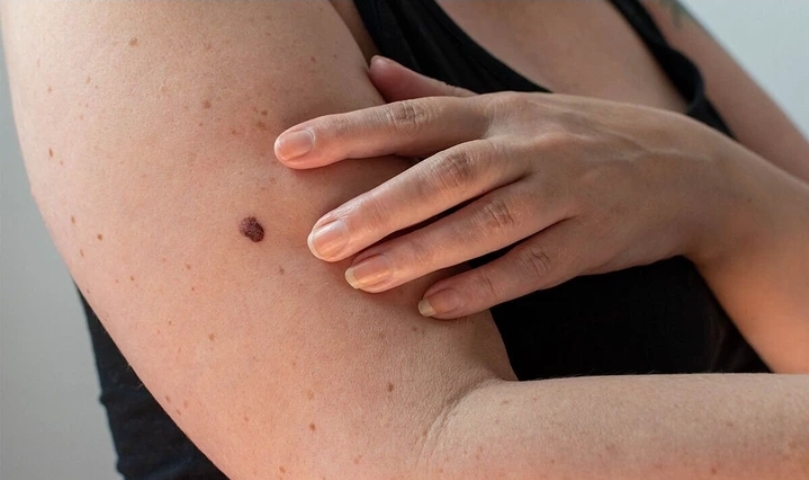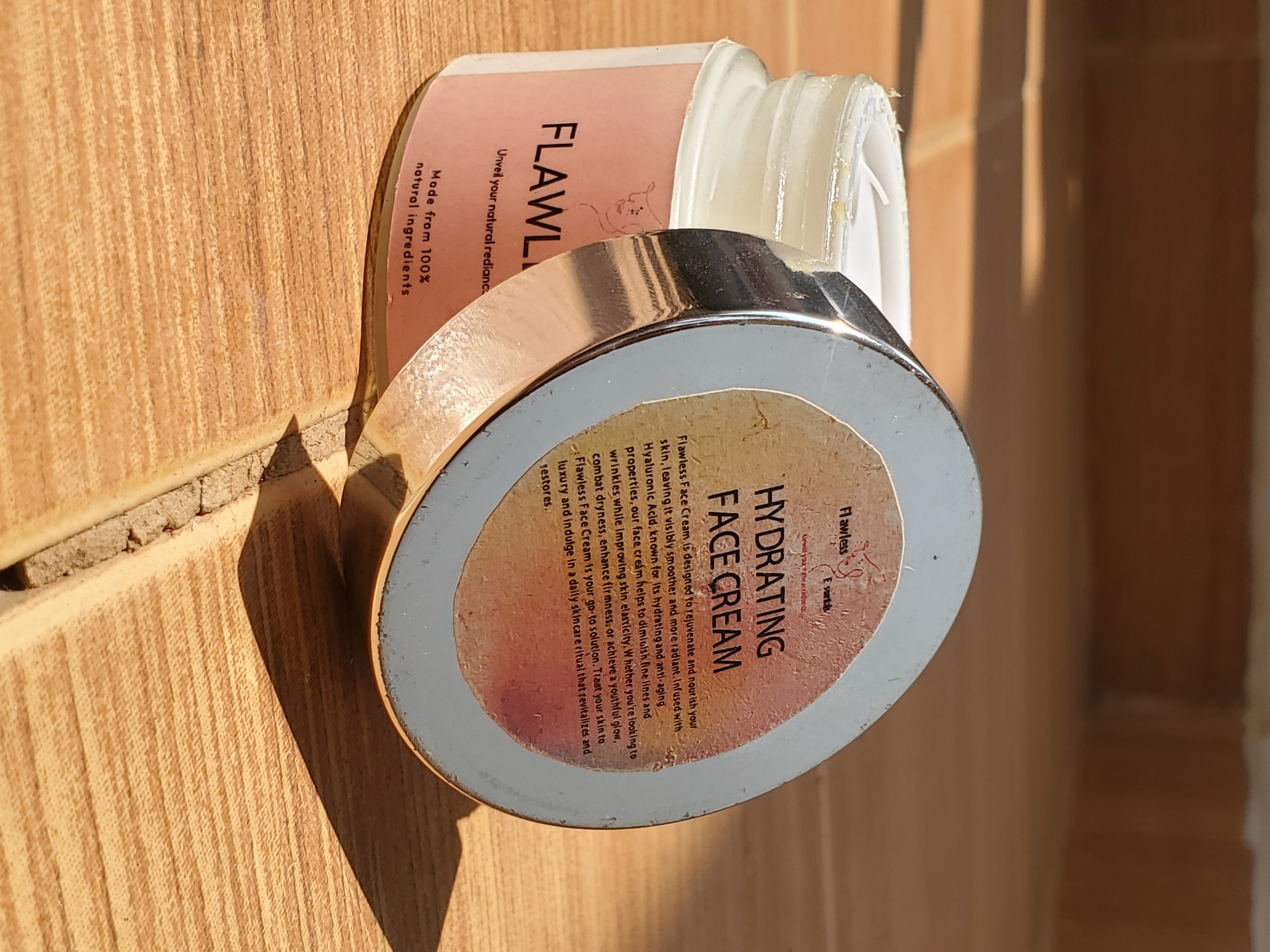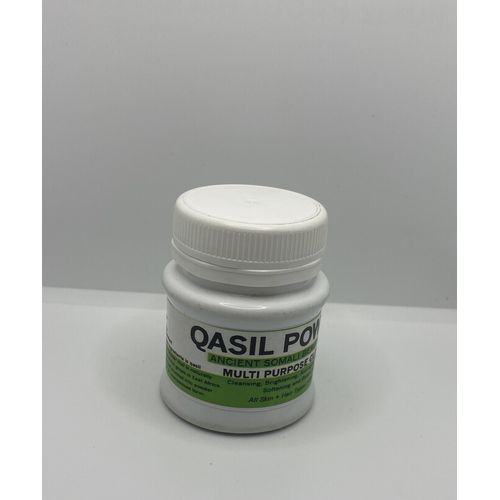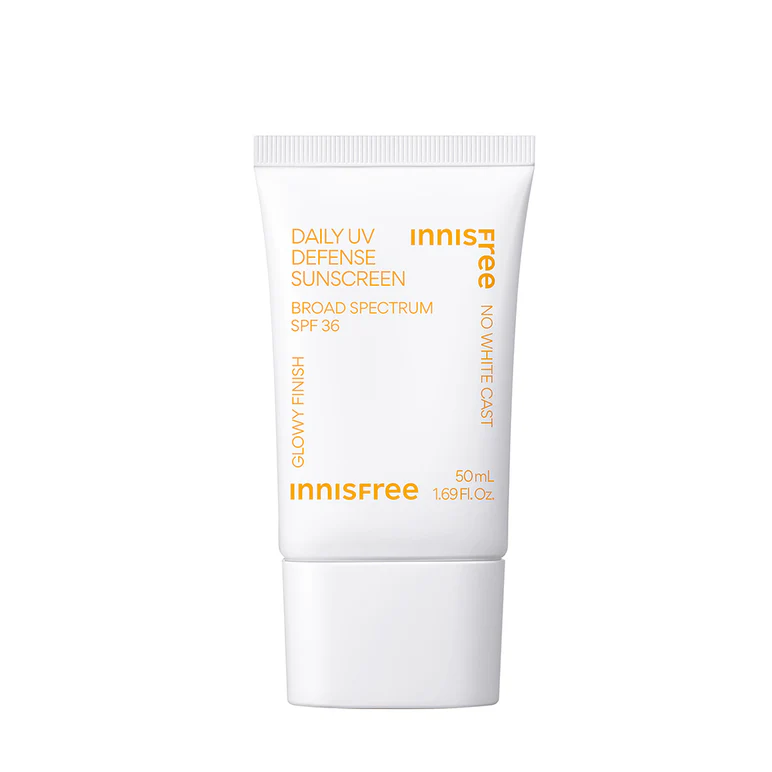The dermatologist also shared a simple five-step test for skin cancer that could prove life saving

A brown spot can sometimes be a sign of skin cancer (Image: Getty Images)
Globally skin cancer is one of the most common forms of the disease with the World Health Organisation reporting up to three million cases every year. And it is feared these numbers will increase if the ozone layer continues to be depleted, leading to more exposure to ultraviolet rays.
There are two main types of skin cancer - melanoma and non-melanoma. Melanoma skin cancer is much less common than non-melanoma but is more dangerous because it can spread to other parts of the body.
It develops in cells that produce melanin - the pigment that gives your skin its colour and helps protect against sunburn. A new mole is one common sign of this type of skin cancer, however, any changes in appearance to a mole is also a symptom.
Dermatologist Dr John Zade used social media platform TikTok to explain more. “Recognising this brown spot on your skin could save your life,” he said.
“Doctor Zade here, board certified dermatologist and the brown spot that I'm talking about is a melanoma.
“In this video, I'm gonna show you characteristic signs of a melanoma so that you might be able to catch one early and possibly save your life.”
He revealed five simple steps to check if your spot or mole is anything to worry about.
“OK so a lot of people have brown spots or moles on their skin,” he said.
“But what makes these moles go from normal appearing to a dermatologist’s eyes being a little bit more concerning of a melanoma?
“I'm gonna go over them, and these are known as the A, B, C, D and E’s of melanoma detection.
An 'evolving' spot or mole is the 'most important' sign of skin cancer, Dr Zade said (Image: Getty)
- Support fearless journalism
- Read The Daily Express online, advert free
- Get super-fast page loading
“The general rule, you do wanna get your full body skin checked by a dermatologist once a year and dermatologists like myself will take a look at your whole body and look for suspicious moles that could be a melanoma.”
Asymmetry
If your spot or mole is asymmetric it could be cause for concern.
Dr Zade said: “Any mole that if you cut it down the half, the two sides are different, like the one up here where cut down the half it doesn't really line up perfectly, that's a concerning sign.”
Border
A spot with a jagged border could be cancerous.
He said: “So the border is not perfectly smooth. In a circle, it's a little jaggedy that's a concerning sign.”
If you spot any worrying symptoms you should speak to your GP (Image: Getty)
Colour
Any unusual colours should set off alarm bells.
“It is not just one uniform colour like a light brown,” Dr Zade said. “There are multiple colours: blue, pink, black, brown - that's concerning.”
Diameter
He said if the mole is bigger than a pencil eraser that's concerning.
Evolving
According to Dr Zade this is “the most important point”.
“Is it evolving, is it changing?” he said.
“So as you look at your moles on your body, if any of them are changing, getting larger, getting itchy, changing colour, those are the ones that you need to let your dermatologist know about.”
He added: “So to recap, everyone should be getting at least once a year, a full body skin check by a dermatologist.
“But in the interim, you should be checking out your own skin.
“And if you notice any of these signs of one of your moles that is acting a little funky, going sooner and get that checked out, because ultimately, it could save your life.”









0 Comments